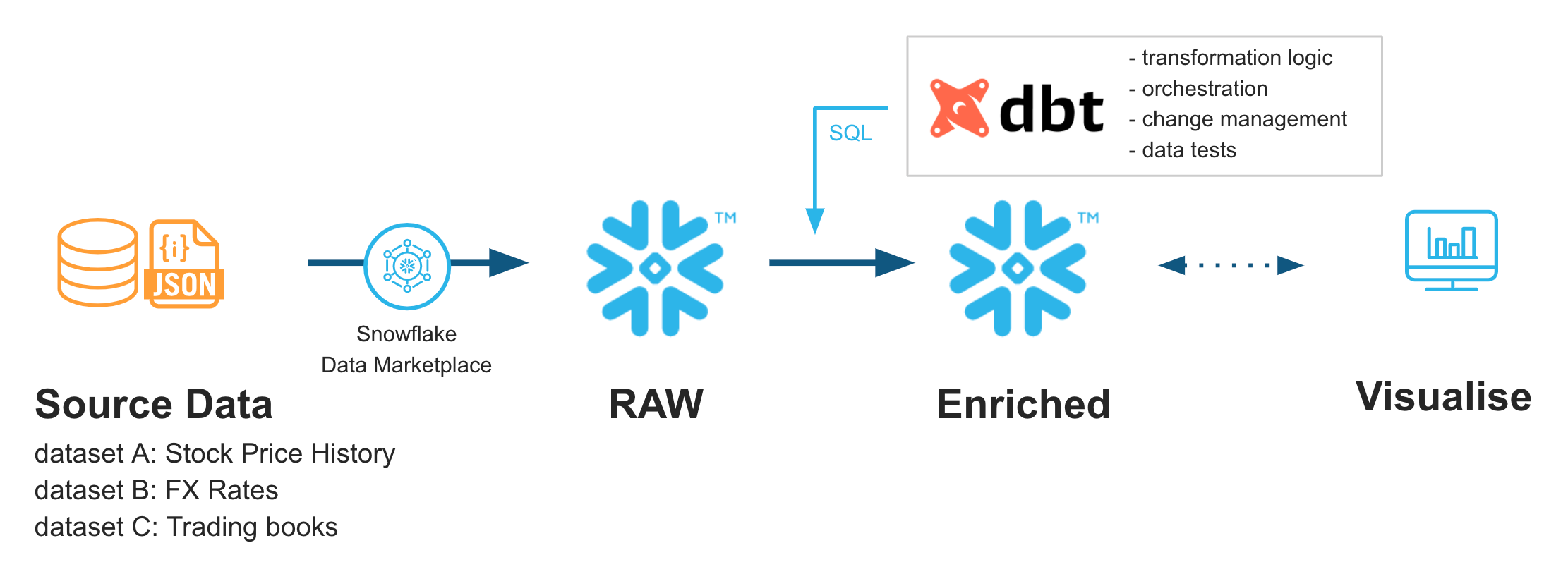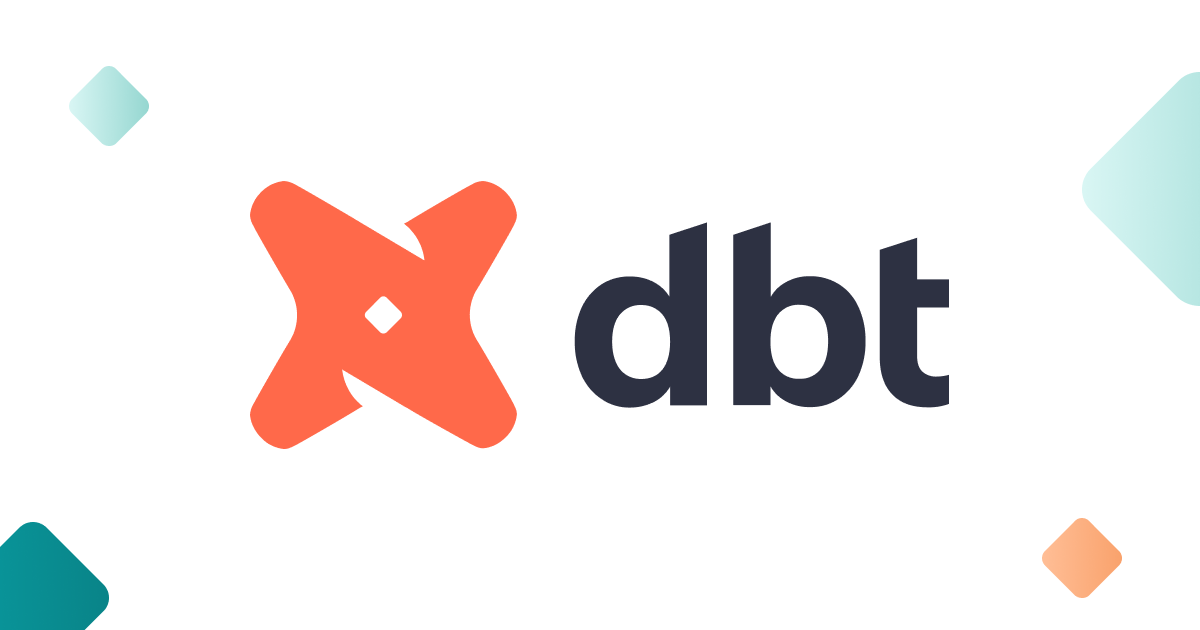Introduction:
In an era where data is akin to digital gold, the ability to refine this raw resource into actionable insights is crucial for any business aiming for success. DBT (Data Build Tool) emerges as a beacon of efficiency in the vast sea of data transformation tools, providing a structured, collaborative, and version-controlled environment for data analysts and engineers.
Illustration Suggestion: A visually striking image of a data landscape with a beam of light transforming raw data into a structured, golden dataset, symbolizing the enlightening power of DBT in the data transformation process.
What is DBT?:
DBT stands for Data Build Tool, an open-source software application that redefines the way data teams approach data transformation. It acts as a bridge between data engineering and data analysis, allowing teams to transform, test, and document data workflows efficiently. DBT treats data transformation as a craft, turning SQL queries into testable, deployable, and documentable artifacts.
Diving Deeper into DBT’s Key Features
- Version Control: DBT’s seamless integration with version control systems like Git ensures that every change to the data transformation scripts is tracked, allowing for collaborative development and historical versioning.
- Testing: With DBT, data reliability and accuracy take the forefront. DBT provides a framework for writing and executing tests against your data models, ensuring that the data meets the specified business rules and quality standards.
- Documentation: DBT automatically generates documentation from your data models, making it easier for teams to understand the data’s flow, dependencies, and transformations. This self-documenting aspect of DBT promotes better knowledge sharing and data governance within organizations.
The Transformative Impact of DBT
DBT empowers data teams by bridging the gap between data engineering and analytics, providing a platform that enhances data transformation workflows with efficiency, transparency, and quality. Its ability to treat transformations as code brings software engineering best practices into the data analytics realm, fostering a more collaborative and disciplined approach to data processing.

Implementing DBT in Your Data Stack
Implementing DBT starts with its installation and connecting it to your data warehouse. The next step involves defining your data models, which serve as the foundation for your transformations. DBT supports a wide range of data warehouses and databases, including Snowflake, BigQuery, Redshift, and more, ensuring compatibility and flexibility in various data ecosystems.

Expanding Horizons: DBT’s Applications in Different Industries
DBT’s versatility shines across various industries, from e-commerce to healthcare, finance, and beyond. It streamlines data operations, enabling businesses to harness their data effectively for reporting, analytics, and decision-making. DBT’s ability to manage complex data transformations at scale makes it a valuable asset for any data-driven organization looking to optimize its data workflows.
Conclusion: The Future of Data Transformation with DBT
In the rapidly evolving data landscape, DBT stands out as a tool that not only simplifies data transformation but also elevates it to a level where accuracy, efficiency, and collaboration are paramount. By adopting DBT, organizations can look forward to a future where data is not just a resource but a well-oiled engine driving informed decisions and strategic insights.
Join the DBT Revolution
Embracing DBT means stepping into a world where data transformation is no longer a bottleneck but a catalyst for growth and innovation. Whether you’re a data analyst, engineer, or business leader, DBT offers the tools and community support to transform your data practices. Dive into the DBT community, explore its rich resources, and start your journey towards data excellence.




